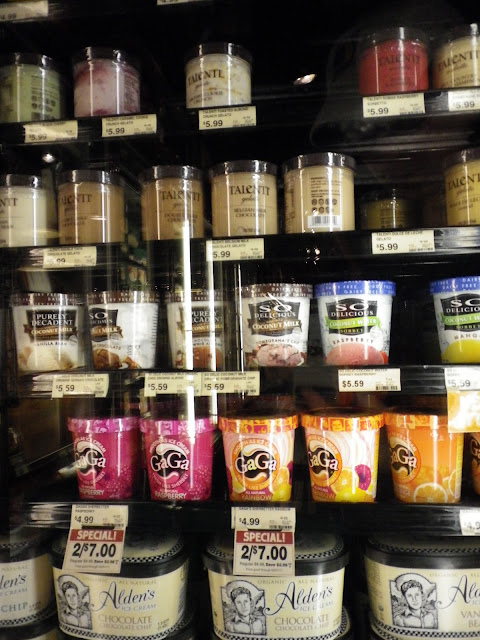Food and conversation are certainly two things that go together well. In the past few weeks, I've been indulging in both- and leaving a trail of bread crumbs behind me. It all started at Glass House Conversations when Nicola Twilley asked, "In an era when food justice, food security, climate change, and obesity are such pressing issues, should there be public funding for food design R&D, and, if so, who should be receiving it?" Wow- what a question! How intriguing, too, this concept of 'food design.' If you check out the conversation that ensued (follow the link above), you'll see that I argued for funding for education. This lead to a bit of a spat (all good natured) with writer Alexandra Lange, who was more in favor of funding distribution channels and making healthy food more widely available. Thanks, in part, to our early participation in the Glass House Conversation, Alexandra and I were both quoted in an article on good.is (written by Nicola Twilley) about the future of food design. I thought that might be where the conversation ended. I was wrong.
A little more than a week ago, I came across a really interesting article on Design Observer (written by Alexandra Lange) entitled, "What Should Food Look Like?" The article brings up differences in food packaging, and questions the use of packaging to appeal to different demographics. It left me completely intrigued about the possibility of neutral, or even just simple, food packaging in every aisle of the grocery store. What if companies abandoned all the colorful packaging and let the food speak for itself? I can't envision that ever happening, but it sure is a wild thing to imagine. How would you pick what product to buy?
With all of that buzzing through my head the other day, I came to a stop in front of the ice cream case at a high-end grocer. There, right in front of me, was the packaging that Lange references in her article. At the top, there are simple containers that showcase the gelato inside them, then there are two varieties of 'busy' packaging, and finally there's some faux-vintage there at the bottom. It was with interest that I watched another woman approach the case, look over the options, and opt for one of those simple packages near the top.
Design is a powerful tool, and certainly something that can be used to change the world. Things get complicated, though, because design needs business and business needs design. Food packaging, at this point, is meant to sell food. The question becomes (one of the questions at least...), how can design be effectively used to sell healthier food to the masses? Is design even the proper tool?
A little more than a week ago, I came across a really interesting article on Design Observer (written by Alexandra Lange) entitled, "What Should Food Look Like?" The article brings up differences in food packaging, and questions the use of packaging to appeal to different demographics. It left me completely intrigued about the possibility of neutral, or even just simple, food packaging in every aisle of the grocery store. What if companies abandoned all the colorful packaging and let the food speak for itself? I can't envision that ever happening, but it sure is a wild thing to imagine. How would you pick what product to buy?
With all of that buzzing through my head the other day, I came to a stop in front of the ice cream case at a high-end grocer. There, right in front of me, was the packaging that Lange references in her article. At the top, there are simple containers that showcase the gelato inside them, then there are two varieties of 'busy' packaging, and finally there's some faux-vintage there at the bottom. It was with interest that I watched another woman approach the case, look over the options, and opt for one of those simple packages near the top.
Design is a powerful tool, and certainly something that can be used to change the world. Things get complicated, though, because design needs business and business needs design. Food packaging, at this point, is meant to sell food. The question becomes (one of the questions at least...), how can design be effectively used to sell healthier food to the masses? Is design even the proper tool?

Comments
Post a Comment